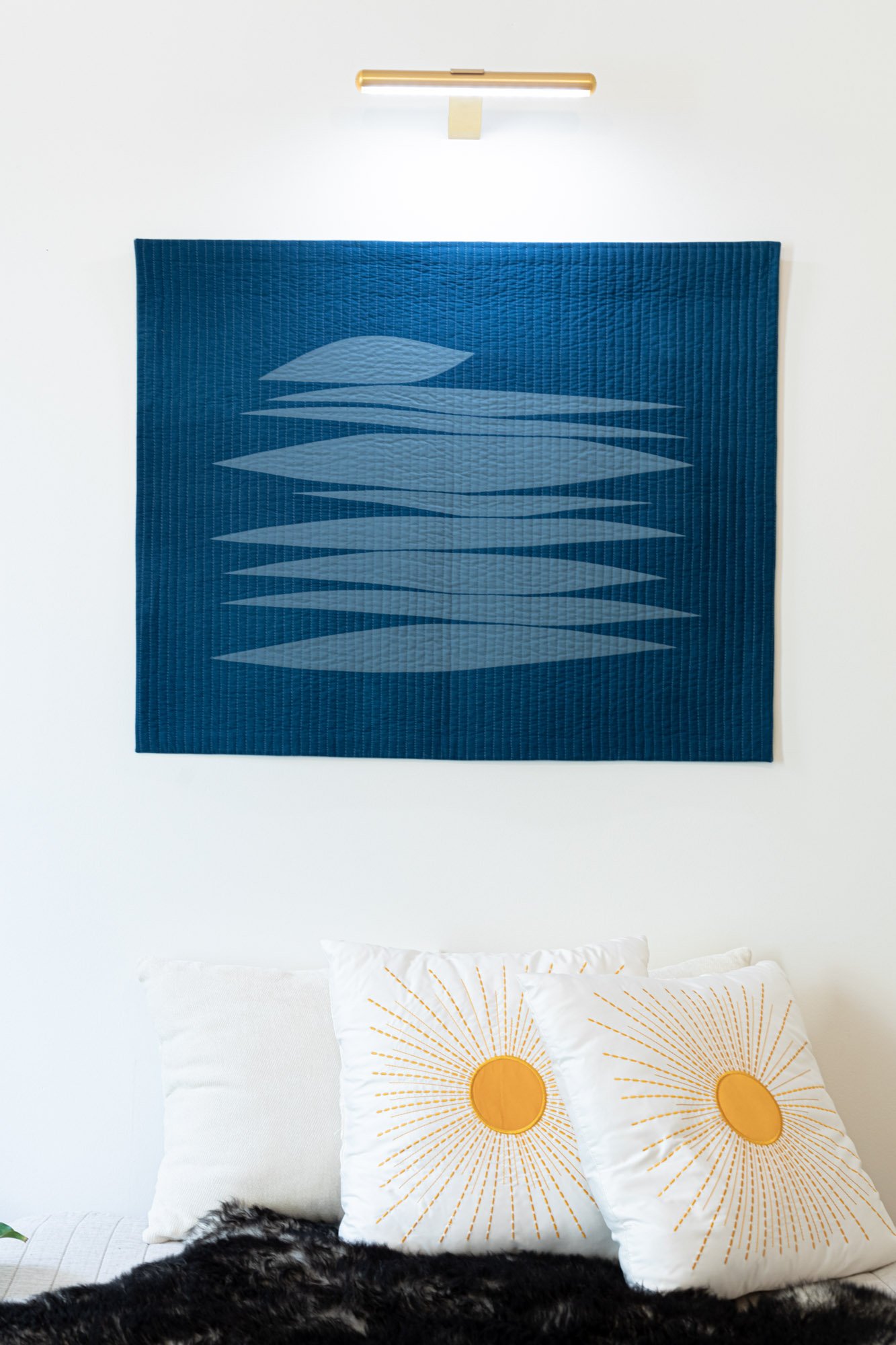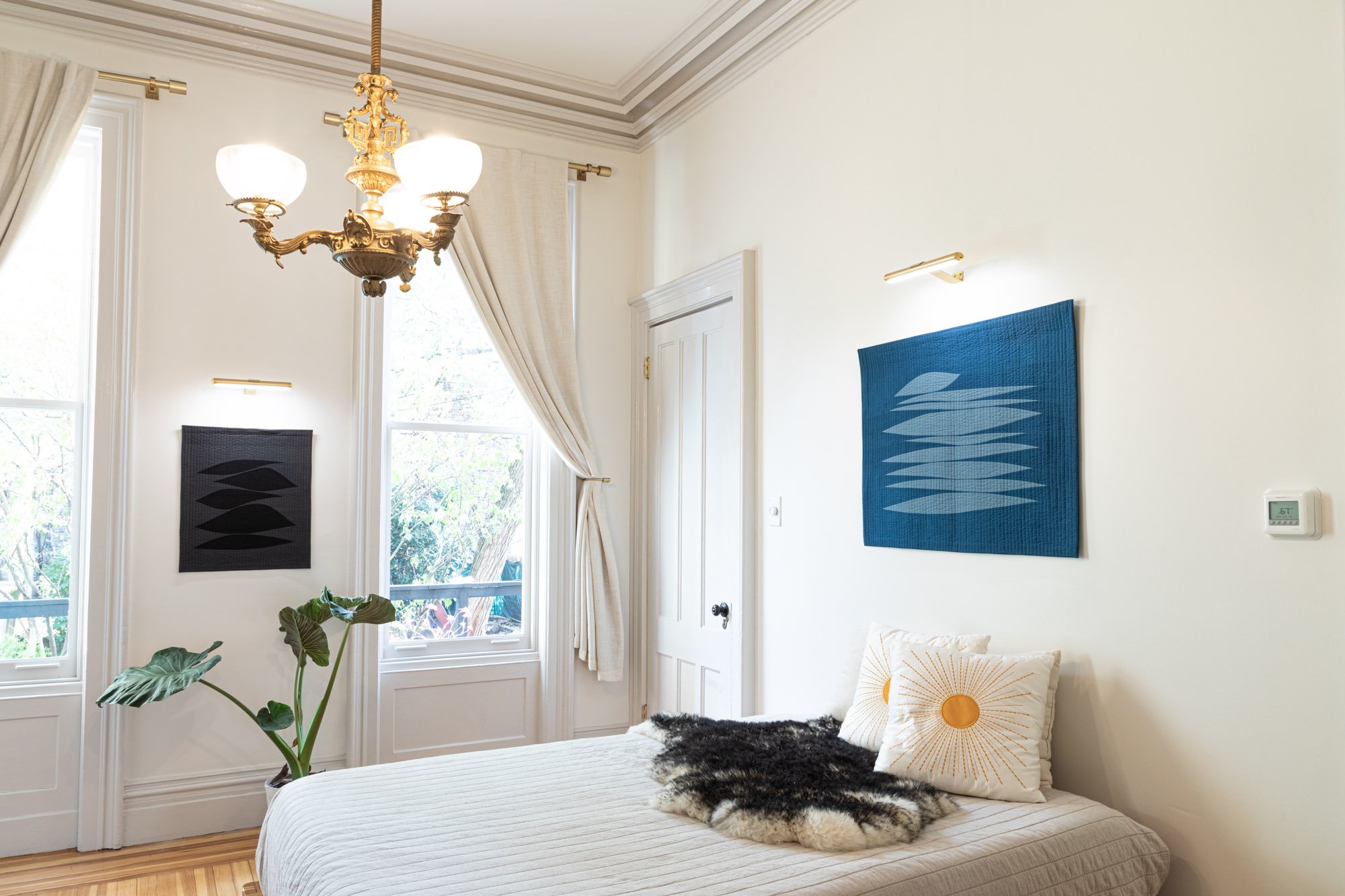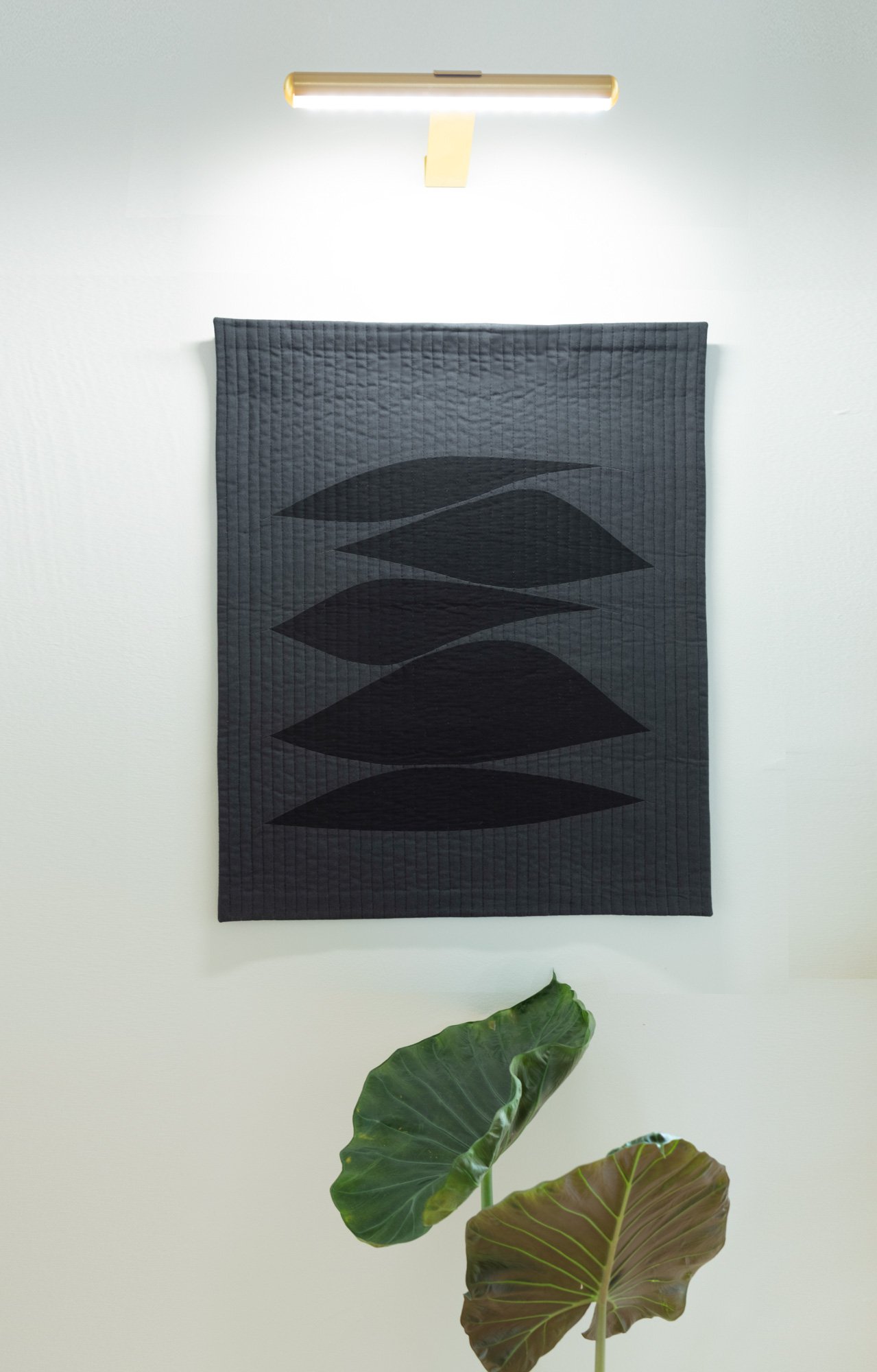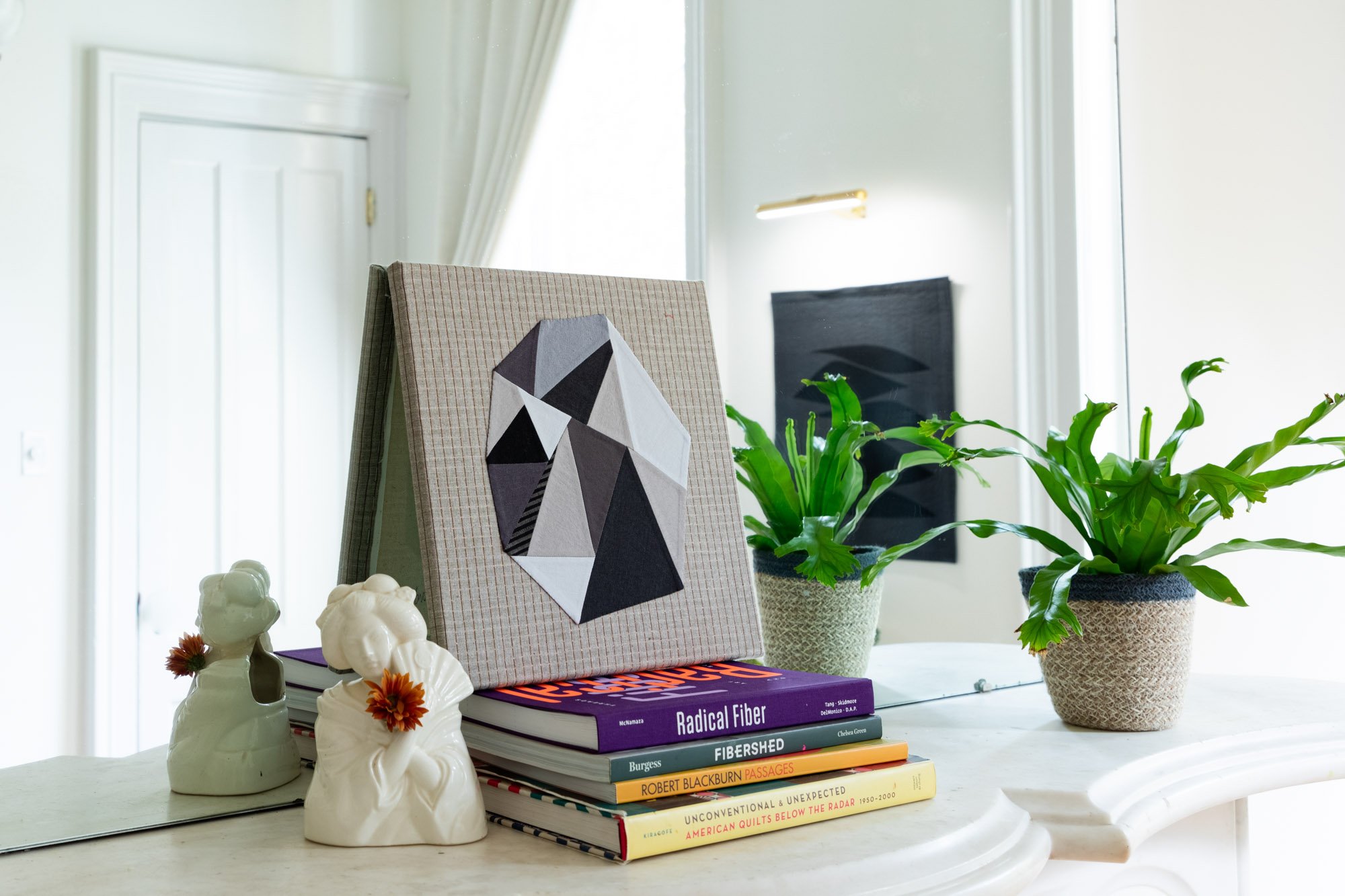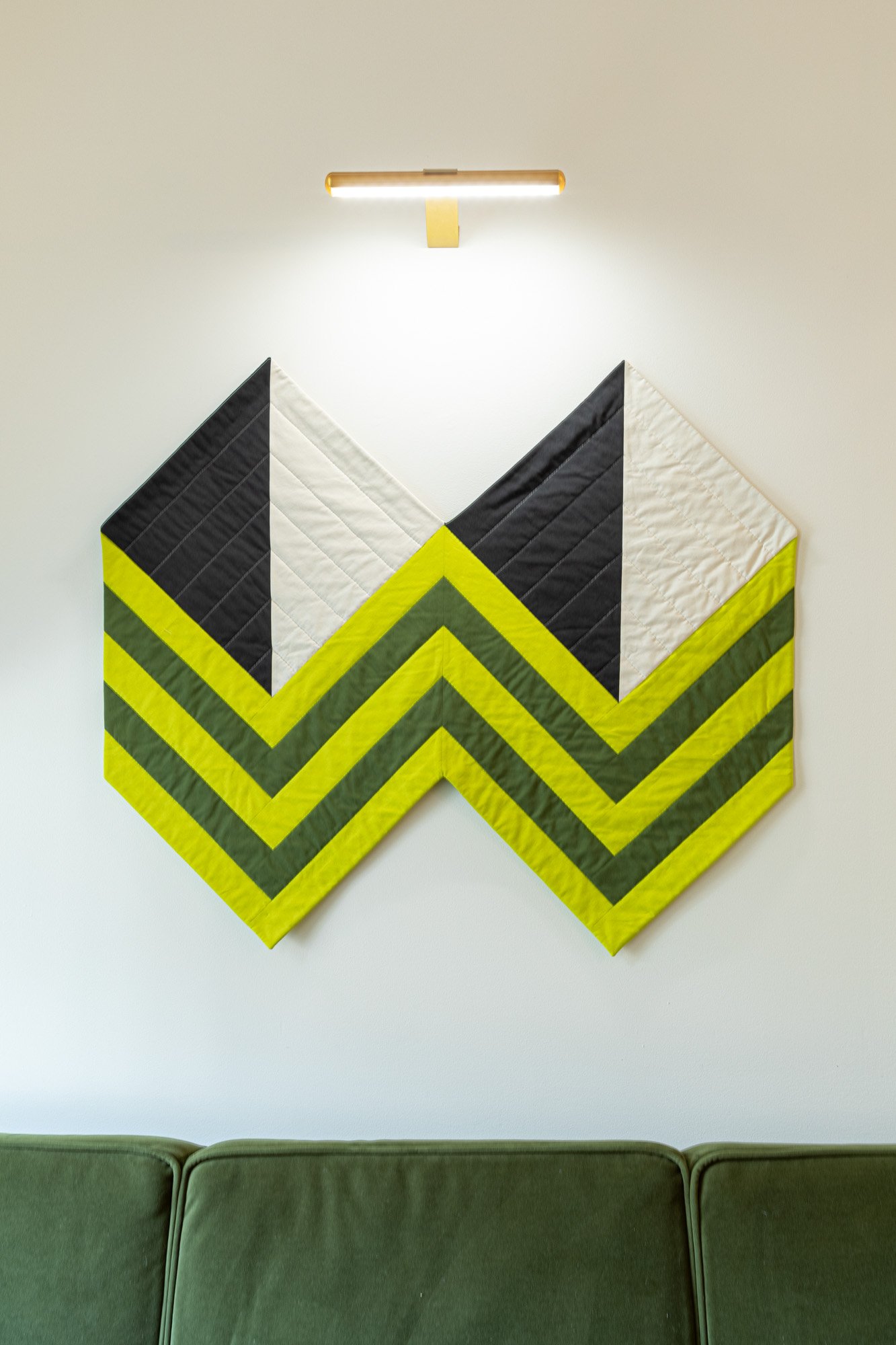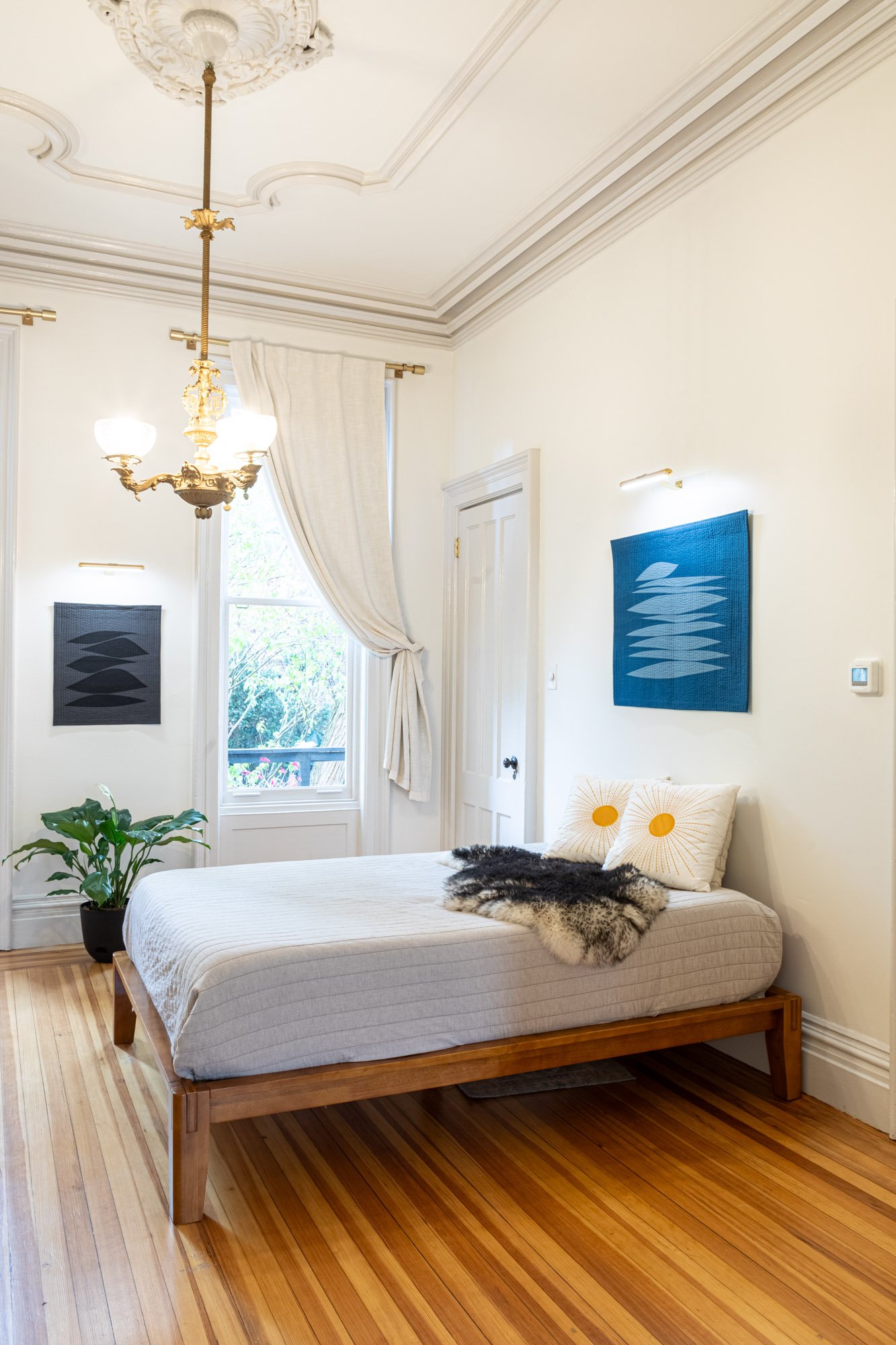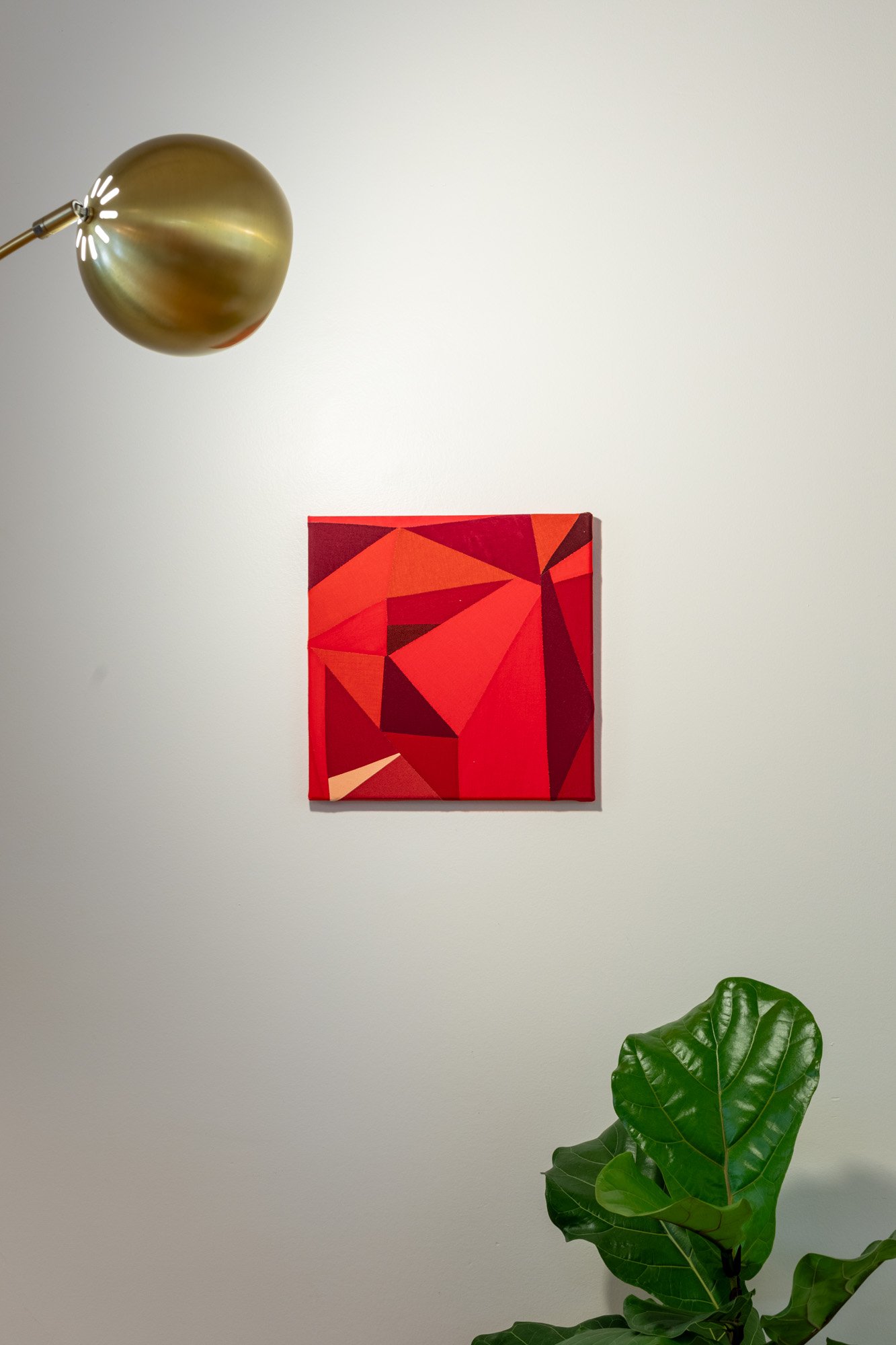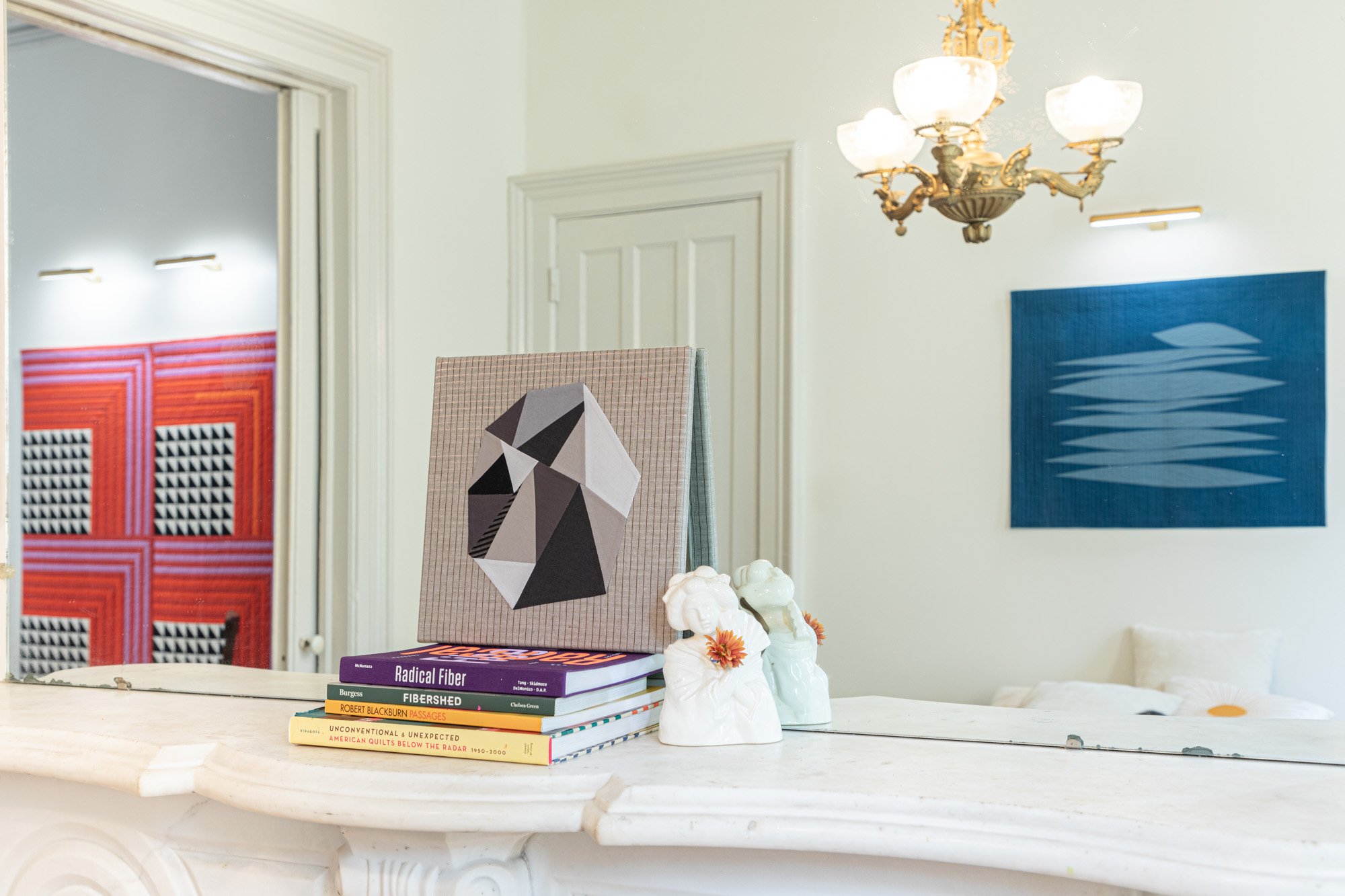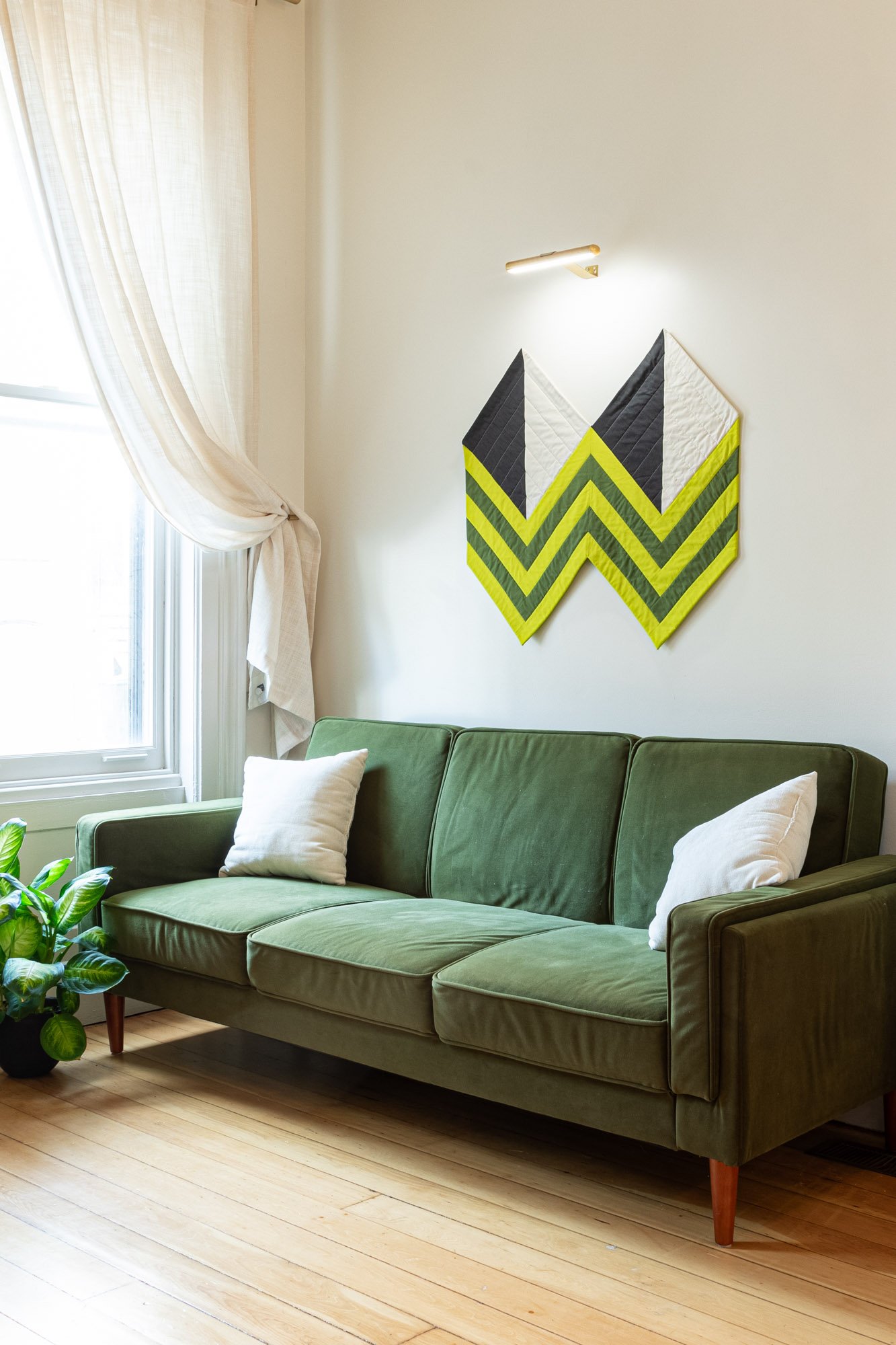Never a Dull Moment
on Grand Street
November 3—10, 2023
Under the influence of proximity, Never a Dull Moment on Grand Street features two artists with very different practices who both call Grand Street home. Stephanie Loveless and Victoria van der Laan are engaged in deep work in their respective media. Serendipitously, they are also among the first neighbors that Phat and I met when we moved into this house last year. Living in proximity means more than just brushing elbows. Given time and attention, quotidian closeness can also mean coming home. That practice of awareness and consideration is the common thread that runs through the textures, sounds, and location of the exhibition.
This grand old house was built in 1874 and its light filled rooms have held many community gatherings. If there is a haunt, it’s likely Liz Pearson, a peace activist, who raised her children here in the company of community activists from around the world. I heard she was a saint and I believe it. Phat and I knew that this building would need lots of maintenance, but sustaining it as a home feels more like prayer than work.
Never a Dull Moment on Grand Street moves towards a nuanced sense of belonging through recognition of the connections that converge on this street that we call home. You’re invited to sit a spell and join us.
Stephanie Loveless
This Street is a Song features six sound essays written and recorded in Gabi’s Garden, a rogue community space on the block of Grand Street that Stephanie and her family call home. There, what began as an forgotten urban lot has become a verdant urban oasis where her partner plants flowers, she notes quietly, “with unflappable optimism”. This is just one of the thoughtful moments that she shares with us in a clear, patient voice (with pleasurable hints of ASMR whisper) that floats within a variable hiss of background noise. This street truly becomes a song as she opens our ears, minds and hearts to the multi-layered nuances found here.
***Click images below to listen to the sound essays
Victoria van der Laan
Weaves history and rebellion into her minimalist textile artworks, which are rooted in her ancestral quilt-making techniques. The bold hues and meticulous craftsmanship of her work is simply irresistible. But Victoria’s artworks are not just labors of love, they are also labors of sustenance. As a self-taught artist with an innovative pay-what-you-can weekly offering on social media, her art practice wholly supports her family while subverting the dominant art economy.
